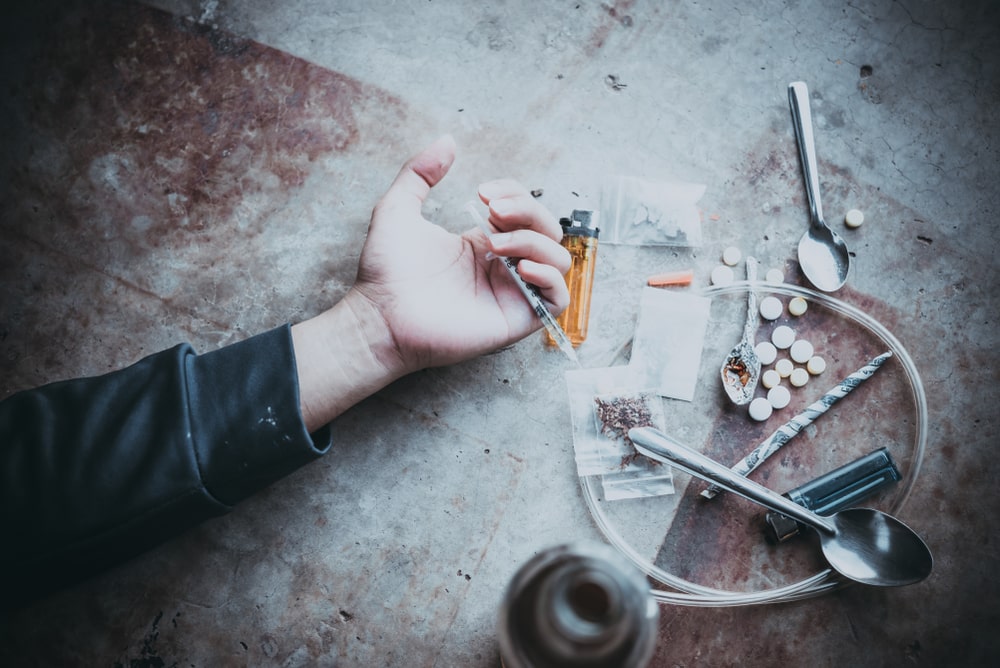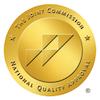When most people attempt to quit drugs cold-turkey, they’re ambitious and optimistic that they can do it. But then the withdrawal symptoms start. Withdrawal symptoms can vary in duration and intensity, and symptoms will also present in different ways, depending on what drugs a person has taken. For example, people who are addicted to cocaine are at risk for developing depression during detox, while people detoxing from alcohol may have a seizure.
The detox and withdrawal timeline can also vary in length depending on a person’s overall health, their metabolism, weight, and the severity of their addiction. Furthermore, people who are addicted to several substances at once may experience a longer, more pronounced withdrawal and detox period. For those wishing to get clean from drugs or alcohol, understanding the withdrawal and detox period for each substance can make the process seem less daunting.

What is a Drug’s Half-Life?
A drug’s half-life is the time it takes for the amount of the drug in your body to be reduced by 50%. Each substance has its own half-life, but the concept is still the same in that your body steadily eliminates it over time. However, just because a drug’s effects wear off doesn’t mean it’s completely gone. Some traces stay detectable long after the high ends, especially for chronic users.
How Are Drugs Detected in the Body?
There are many testing methods to detect drug use, but they each have different windows of detection and accuracy. Here’s how they compare:
| Test Type | Used For | Detection Window | Pros | Cons |
| Urine Test | Employment screenings, rehab | Hours to days | Non-invasive, accessible | Easy to dilute or tamper with |
| Blood Test | ERs, legal/accident cases | 1-2 days | Highly accurate, good for recent use | Invasive, short detection window |
| Saliva Test | Roadside stops, probation, workplaces | Few hours to 2 days | Quick results, hard to cheat | Shorter detection window |
| Hair Test | Long-term usage history | 90+ days (scalp)
12 months (body) |
Shows chronic use | Doesn’t detect recent or one-time use |
Note: Detection times can vary depending on the person and other factors. More on that below.
What Affects How Long a Drug Stays in Your Body?
No two people detox at the same pace even if they use the same drug. Several factors can influence how quickly or slowly your body clears a substance:
- Type, amount, and frequency of drug use
- Tolerance level
- Metabolic rate
- Hydration levels and physical activity
- Body mass and overall health
- Kidney or liver conditions
- Age, sex, and ethnicity
- Use of other substances simultaneously
How Different Drugs Show Up in Your System
Not all drugs show up in your system the same way. From marijuana to alcohol, you can find traces of drugs in your system within different windows of time, whether it’s hours or days after consumption.
Marijuana and THC
While the high only lasts a few hours, THS can be stored in fat cells, so it sticks around much longer in regular users. Here are the detection windows for the most common marijuana tests:
| Test Type | Detection Window |
| Blood | 24-48 hours |
| Saliva | 24-72 hours |
| Urine | 1-30 days |
| Hair | Up to 12 months |
Opioids and Opiates
Opioids and opiates include drugs like codeine, morphine, oxycodone, and fentanyl. These drugs are highly addictive and can cause severe withdrawal symptoms. Windows of detection for these drugs in the body are as follows:
| Test Type | Detection Window |
| Blood | Up to 3 days |
| Saliva | Up to 36 hours |
| Urine | Up to 3 days |
| Hair | Up to 90+ days |
| Fingernails | Up to 6 months |
Heroin
Heroin is metabolized rapidly, but its metabolites are still traceable in an opioid drug test after use:
| Test Type | Detection Window |
| Urine | Less than 1 day |
| Saliva | Up to 36 hours |
| Sweat | Up to 14 days |
| Hair | Up to 90 days |
Methamphetamine
Meth is a stimulant with a high risk of addiction. It clears the bloodstream quickly, but traces can still be found in hair. The window of detection of methamphetamine in urine is 2-3 days and 90-120 days in hair for regular users.
Cocaine
Cocaine has a short-lived high but can be detected long after the euphoric effects. Here’s how long cocaine will show up on a drug test:
| Test Type | Detection Window |
| Blood | Up to 2 days |
| Saliva | Up to 2-3 days |
| Urine | 3-14 days |
| Hair | Up to 12 months |
| Fingernails | 6-8 months |
MDMA
MDMA, or ecstasy, is a synthetic drug that affects serotonin levels in the brain and usually causes a person to “crash” after using. Here are the detection windows for MDMA:
| Test Type | Detection Window |
| Blood | Up to 2 days |
| Saliva | Up to 2 days |
| Urine | Up to 4 days |
| Hair | 6+ months |
| Fingernails | 3-6 months |
Alcohol
Unlike many of the other drugs on this list, alcohol is metabolized quickly, unless it’s consumed in extremely high amounts. The detection windows for alcohol to show up on a drug test are:
| Test Type | Detection Window |
| Blood | 12 hours |
| Saliva | 6-12 hours |
| Urine | 3-5 days |
How Can You Flush Drugs Out of Your System Quickly?
Unfortunately, you can’t. Despite online detox kits and miracle products, there’s no guaranteed way to flush drugs out of your system faster than your body naturally allows.
You can support your body by:
- Staying hydrated
- Getting enough quality sleep
- Avoiding further substance use
- Eating a healthy diet to support your liver and kidneys
However, even after following these tips, your organs still need time. There’s no safe shortcut, and trying to cheat a drug test can have devastating consequences.
How to Detox From Substances Safely
Recovering from an illness like drug addiction requires patience and resilience. Even if it takes several days to detox from a drug, and then several weeks for withdrawal symptoms to subside, a person will eventually achieve sobriety from drugs if they stay the course. However, those symptoms can be incredibly painful and distressing for both the person experiencing them and their loved ones who are witnesses to the process.
It’s also a risk to detox without outside medical intervention. For example, alcohol and benzodiazepine withdrawals can cause seizures or delirium tremens (DTs), which can be fatal if they’re left untreated.
Risks during detox can include:
- Severe dehydration
- Depression or suicidal thoughts
- Heart complications
- Relapse from unbearable symptoms
The safest, and often most effective way for someone to detox from drugs is with assistance from medical professionals. Clinicians can:
- Monitor your vitals
- Prescribe medications to help with symptoms
- Prevent complications
- Support your mental health
Inpatient and outpatient programs are two options for someone trying to detox from drugs. Both provide structured environments that can help you detox safely and reduce your risk of relapse.
Addiction Treatment at Mission Harbor Behavioral Health
Are you or a loved one trying to quit using drugs or alcohol, but are afraid of the withdrawal process? Detoxing and withdrawing from drugs does not have to be a painful experience. At Mission Harbor Behavioral Health, patients have the option to attend safe and effective inpatient or outpatient detox programs. Contact Mission Harbor today to learn more about how we can help you achieve sobriety.

